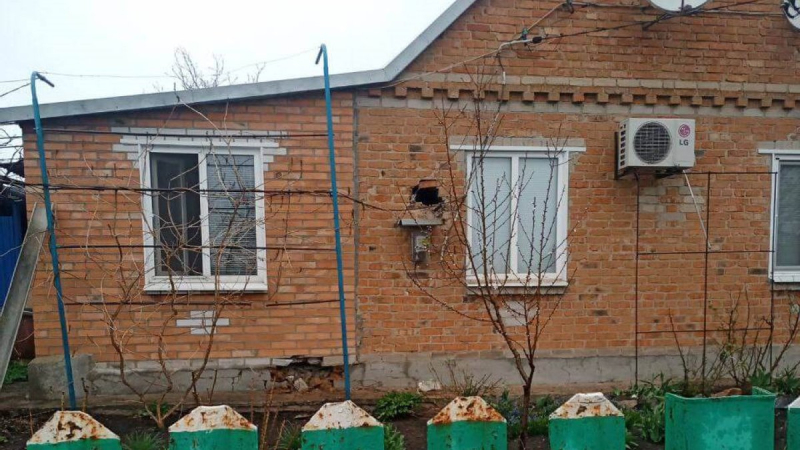
The invaders attacked the village of Novoyakovlevka in Zaporozhye with phosphorus bombs/Kamyshevakh settlement territorial community
Russian occupiers continue to commit war crimes by shelling residential buildings with prohibited ammunition. So on the night of April 12, the enemy attacked the village of Novoyakovlevka in Zaporozhye with phosphorus bombs.
However, phosphorus bombs severely damaged residential buildings in the village of Novoyakovlevka.
Occupiers attacked a village in Zaporozhye with phosphorus bombs: see photo







The use of phosphorus bombs is prohibited by the Geneva Convention for the Protection of War Victims and the Convention on Certain Conventional Weapons.
How phosphorus bombs work
Phosphorus bombs are ammunition filled with white phosphorus (a flammable, colorless to yellow waxy substance with a pungent garlic odor).
When in contact with oxygen, this ammunition is highly flammable. Their combustion temperature is about 800 °C. When exposed to human skin, white phosphorus causes severe chemical burns. The lethal dosage is 0.05-0.15 grams.
White phosphorus can cause damage to bones and bone marrow, as well as tissue death. In addition, a person receives not just burns, but deep wounds.
How to behave when shelled with phosphorus bombs
White Phosphorus First Aid:
- Immerse the affected body part in water. Sprinkle or soak skin and clothing liberally where phosphorus is present.
- As soon as possible, you should get rid of clothes to which particles of white phosphorus have stuck. Carefully remove clothes (preferably directly in water).
- When you get rid of clothes, wash the affected skin with soda solution (add 1 teaspoon of soda to one glass of water) or cold water. Moisten the skin and remove visible phosphorus particles (preferably under water) with a non-sharp object or tweezers.
- Burns should be covered with wet dressings if possible. They must be soaked in saline to prevent the phosphorus from re-igniting.
- If phosphorus gets on objects, they can be extinguished by pouring plenty of water or falling asleep with sand or soil until oxygen stops flowing to the phosphorus.
< /ul>
By the way, information about the use of chemical weapons in Mariupol is still being verified. As of the morning of March 12, it has not yet been officially confirmed. At the same time, Deputy Defense Minister Anna Malyar suggested that the Russians used phosphorus munitions.
Important video – what to do during a chemical attack and how to recognize it:

